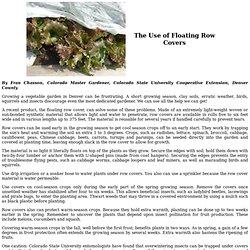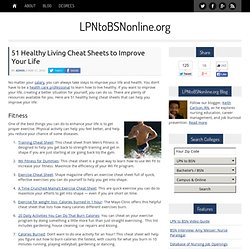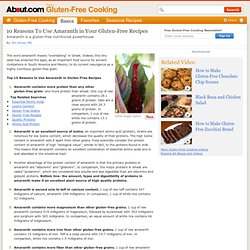

Junkfoodchemistrywebquest - chemcarling. Poultry & Eggs. High Altitude Vegetables. Raised Bed Gardening for Vegetables - Basics and Instructions. Raised Bed Gardening Raised Bed Gardening is simply about creating structures for gardening that sit above the ground level.

You can use raised beds for growing virtually any reasonably shallow rooted plants such as vegetables, fruits, herbs, flowers, etc. Construct your raised bed garden from whatever materials you can readily and economically get your hands on. (For example: untreated lumber, bricks, concrete blocks, rocks) Or, you can create raised bed gardens by building up piles of compost and dirt, without using borders for the garden bed.
Why Use Raised Bed Gardening? Using raised bed gardening helps remedy these types of common gardening situations: Ground soil is poor for gardening (soil is too rocky, doesn’t drain well, etc.) Benefits of Raised Bed Gardening: Great front yard idea for free-form beds < Great Raised Garden Beds. The Use of Floating Row Covers. By Fran Chasson, Colorado Master Gardener, Colorado State University Cooperative Extension, Denver County Growing a vegetable garden in Denver can be frustrating.

A short growing season, clay soils, erratic weather, birds, squirrels and insects discourage even the most dedicated gardener. We can use all the help we can get! A recent product, the floating row cover, can solve some of these problems. Made of an extremely light-weight woven or sun-bonded synthetic material that allows light and water to penetrate, row covers are available in rolls five to six feet wide and in various lengths up to 375 feet. Row covers can be used early in the growing season to get cool season crops off to an early start. The material is so light it literally floats on top of the plants as they grow. Use drip irrigation or a soaker hose to water plants under row covers. Use covers on cool-season crops only during the early part of the spring growing season.
Row covers also can protect warm-season crops. 51 Healthy Living Cheat Sheets to Improve Your Life. No matter your salary, you can always take steps to improve your life and health.

You don’t have to be a health care professional to learn how to live healthy. If you want to improve your life, creating a better situation for yourself, you can do so. There are plenty of resources available for you. Here are 51 healthy living cheat sheets that can help you improve your life: Fitness One of the best things you can do to enhance your life is to get proper exercise. Training Cheat Sheet: This cheat sheet from Men’s Fitness is designed to help you get back to strength training and get in shape if you are just starting at (or going back to) the gym.Wii Fitness for Dummies: This cheat sheet is a great way to learn how to use Wii Fit to increase your fitness. Nutrition Eating right can help you feel better and fight disease.
Mind and Spirit You need rest, relaxation, and refreshment. How to Grow Vegetables. Some general considerations for growing vegetables: Sowing Tips When sowing seeds, a good general rule of thumb is to sow to a depth of approximately twice the thickness of the seed.

Some smaller seeds require light to germinate and should not be sown too deep; otherwise they may never germinate or break through the surface of the soil. Conversely, large seeds planted too shallow may not develop properly. Keep seeds well-moistened while awaiting germination and check regularly. Select a light-weight, well-drained medium for sowing to ensure good seed to soil contact. Growing Tips Most vegetables will produce better results if sown and grown in a soil-medium that is well-drained, rich in organic matter (fertile), and fairly lightweight. Most vegetables will prefer good quantities of natural, direct sunlight daily. Harvesting and Seed Saving Many vegetables will be harvested in the fall, especially if grown in lower hardiness zones. 10 Reaons To Use Amaranth in Your Gluten Free Recipes.
The word amaranth means "everlasting" in Greek.

Indeed, this tiny seed has endured the ages, as an important food source for ancient civilizations in South America and Mexico, to its current resurgence as a highly nutritious gluten-free grain. Top 10 Reasons to Use Amaranth in Gluten-Free Recipes Amaranth contains more protein than any other gluten-free grain- and more protein than wheat. One cup of raw amaranth contains 28.1 grams of protein.
Oats are a close second with 26.3 grams of protein. If amaranth is such a nutritional powerhouse, why not use it exclusively in gluten-free baking? Amaranth, by nature, absorbs water very easily. By adding amaranth to gluten-free flour blends, sauces, soups and stews you can significantly improve the nutritional quality of your gluten-free diet. 5 Absurdly Large Servings of Fast Food. Chicken & Brussels Sprouts.
SWEETS & SNACKS: Sun Organic Farm.